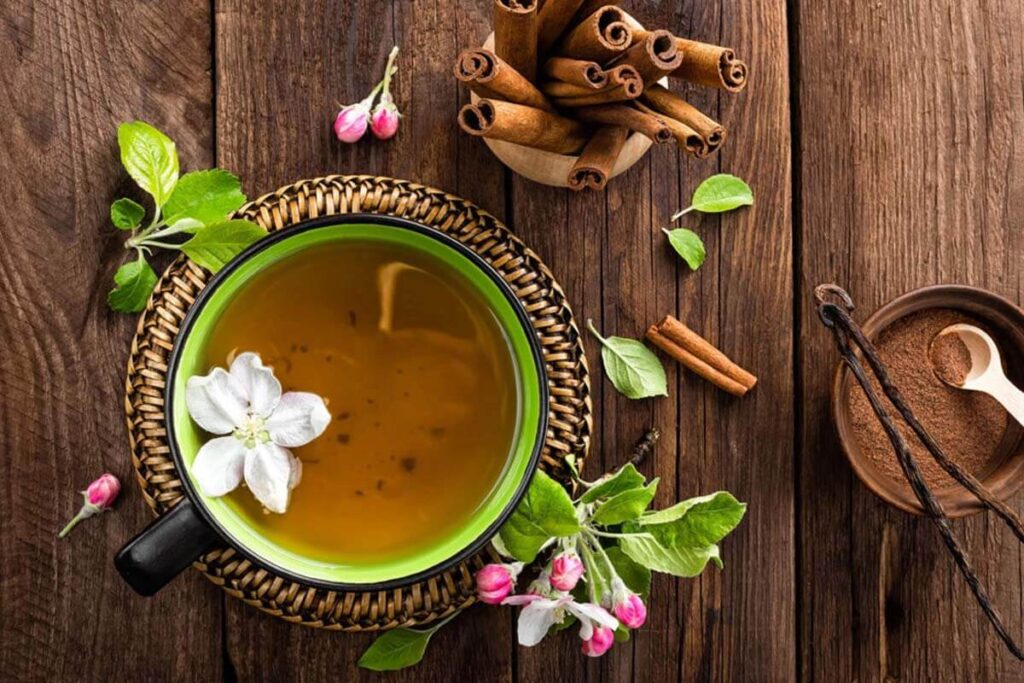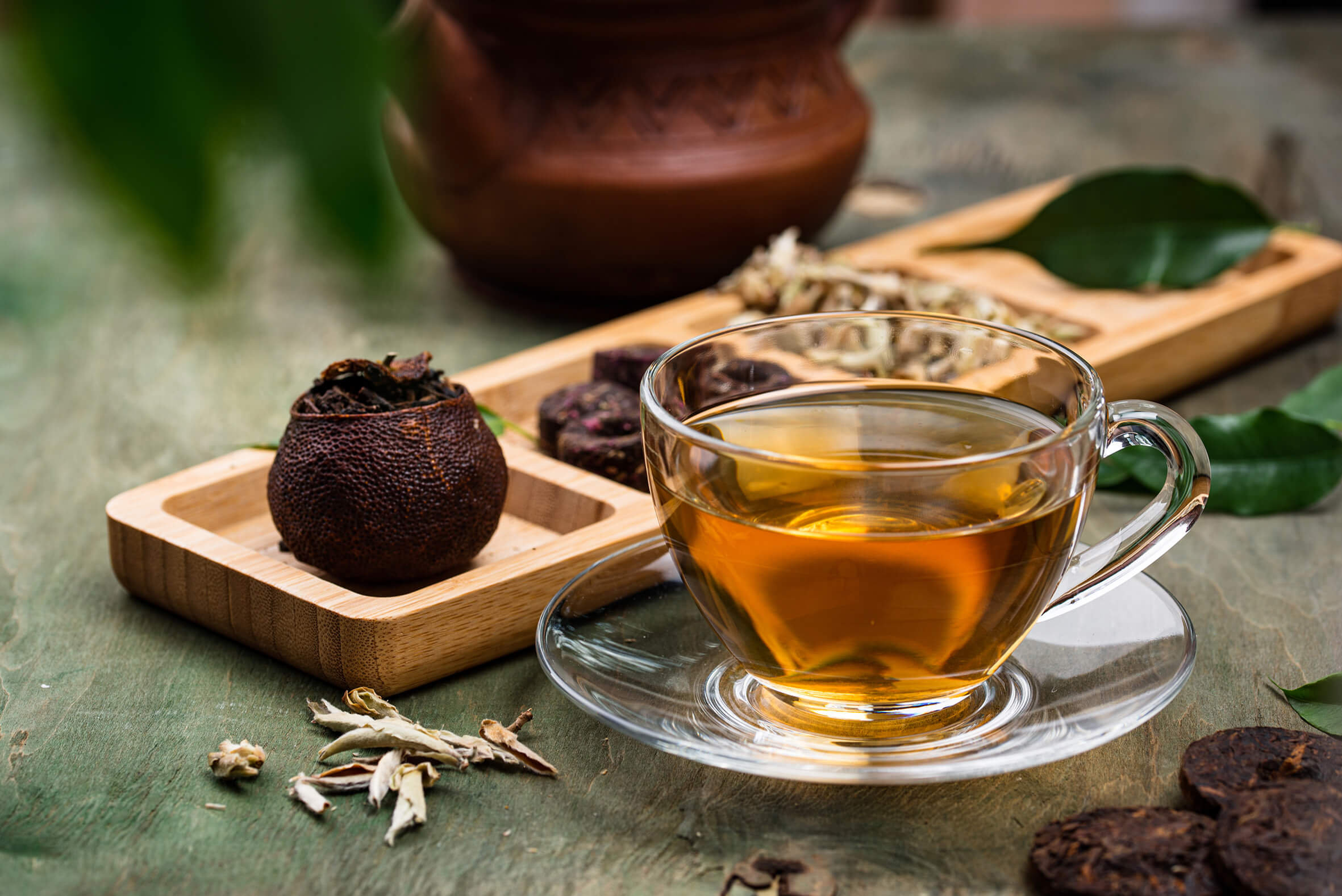In a world increasingly dominated by processed foods, synthetic supplements, and artificial health remedies, a quiet revival is taking place—one that leads us back to the wisdom of nature. Among the most extraordinary natural discoveries making its mark on modern wellness is vine tea, also known as Tengcha (藤茶), scientifically called Ampelopsis grossedentata. Revered for centuries by the Tujia ethnic people of China and backed by both folklore and science, vine tea is now gaining international attention for its unparalleled health benefits.
This blog explores the history, medicinal value, and cultural importance of vine tea—often called the “Tea That’s Not Tea”—and explains why it’s considered one of China’s most remarkable herbal treasures.

A Plant Rooted in History
Vine tea’s recorded use dates back thousands of years, with mentions in the “Book of Songs”, China’s oldest collection of poetry. In The Classic of Tea by Lu Yu—the most authoritative ancient text on tea—vine tea is described as a distinct herbal infusion consumed for health and spiritual clarity. During the Ming and Qing dynasties, it was not only a daily drink for farmers but also used as military medicine by tribal chieftains to maintain the strength and vitality of soldiers.
Locally known as “longevity grass,” “resurrection tea,” or even “divine tea,” vine tea was treasured by mountain villagers, especially in Laifeng County of Hubei Province—a region now officially recognized as the “Hometown of Chinese Vine Tea.” The tea grows naturally in misty, high-altitude forests, absorbing minerals from selenium-rich soil and clean mountain air.
What Makes Vine Tea Unique?
Unlike traditional teas made from Camellia sinensis leaves, vine tea comes from a wild grapevine plant belonging to the Vitaceae family. This distinction is more than botanical—it’s medicinal. Vine tea contains no caffeine and is naturally cooling, making it suitable for people of all ages and body types.
The White Frost: Nature’s Signature
One of the most distinctive features of Laifeng Vine Tea is the white frost visible on the dried leaves. Initially mistaken for mold, this powdery coating is actually plant protease and crystallized flavonoids, including dihydromyricetin (DHM)—a powerful compound known for its antioxidant and liver-protecting qualities.
Scientists have confirmed that vine tea contains the highest levels of flavonoids among all known plants, earning it the nickname: “King of Flavonoids.”
Health Benefits Backed by Modern Science
Thanks to its high concentration of bioactive compounds, vine tea is more than a traditional remedy—it’s a modern functional food. Here are some of its most studied and appreciated health benefits:
1. Liver Protection & Detoxification
DHM in vine tea has been shown to reduce alcohol-induced liver damage, fight fatty liver disease, and support liver regeneration. It’s often used in China as a hangover remedy and daily detox drink.
2. Improved Sleep and Relaxation
Vine tea contains no stimulants and instead helps calm the nervous system. It regulates neurotransmitters, promoting deeper, uninterrupted sleep without any drowsy side effects.
3. Blood Sugar & Pressure Regulation
Studies suggest vine tea may help reduce insulin resistance and lower blood pressure by improving vascular function and balancing the body’s glucose response.
4. Anti-Inflammatory & Immune Support
Its flavonoids act as natural anti-inflammatory agents, helping reduce symptoms of chronic inflammation, allergies, and infections. It also strengthens the immune system over time.
5. Anti-Aging & Cellular Repair
The antioxidant properties of DHM neutralize free radicals that accelerate aging. Regular consumption helps maintain skin elasticity, brain health, and energy levels.
A Daily Ritual of Wellness
Brewing vine tea is simple, yet the experience is deeply rewarding. Place a pinch of dried leaves in hot water, steep for 3–5 minutes, and enjoy the golden-hued infusion. The taste starts off mildly bitter but transitions quickly into a lingering sweetness—a sensory journey both earthy and soothing.
You can drink it hot or cold, on its own, or blended with other natural ingredients like lemon, mint, honey, or goji berries. Some even pair it with green tea or chrysanthemum for added benefits. Importantly, do not wash the tea leaves—doing so removes the valuable white frost where the highest concentration of nutrients reside.
Vine Tea in the Modern World
Though once limited to rural Chinese communities, vine tea is now experiencing a surge in global interest. From wellness influencers to herbal medicine practitioners, more people are recognizing the unique value of this herbal infusion.
Today, Laifeng Vine Tea is exported around the world, offered in pure loose-leaf form or as part of blended herbal teas, extracts, and functional food products. With its sustainable harvesting methods and deep cultural roots, vine tea also supports local farmers and biodiversity conservation in the Wuling Mountains.
Conclusion: More Than a Tea, a Tradition
Laifeng Vine Tea is not just a drink—it is a link to the wisdom of nature and the traditions of a people who understood how to live in harmony with the land. In every cup, you’ll find history, healing, and hope—a true treasure from China’s green mountains.
If you’re seeking a natural, effective way to support your health, vine tea is a choice that transcends trends. It’s a return to simplicity, purity, and balance—the very essence of wellness.


